-
Previous
Mitsubishi Heavy Industries Exhibits the QZS-3 Launch Vehicle

-
Next
Successful Launch of QZS-2

Exhibition of the QZS-3
The third Quasi-Zenith Satellite (QZS-3), a geostationary orbit (GEO) satellite in the Quasi-Zenith Satellite System (QZSS), was exhibited to members of the press on June 15 at Mitsubishi Electric Corporation’s Kamakura Works (Kamakura City, Kanagawa).
QZS-3 was exhibited in the Satellite Plant of the Kamakura Works. It has a height of roughly 5.4 meters, width of roughly 3.2 meters, and length of roughly 4.1 meters. When deployed, the solar array wings are approximately 19 meters tip to tip.
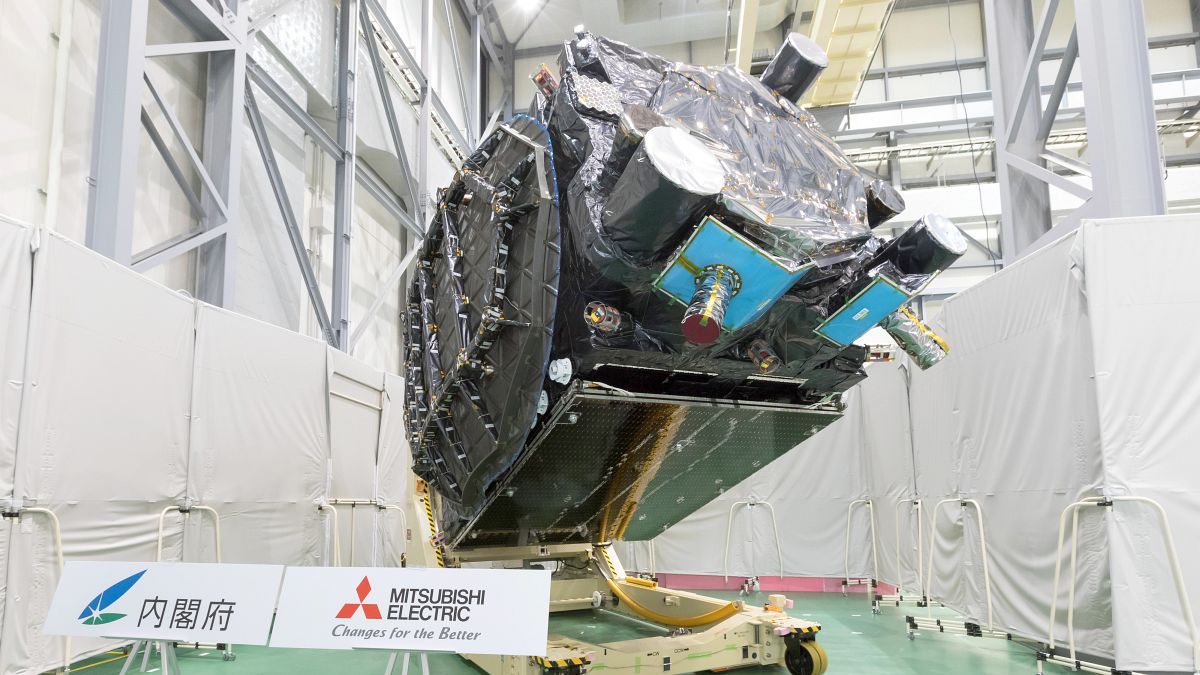
QZS-3 exhibition

Mr. Moriyama of the Cabinet Office
Before the exhibition, Mr. Hiromichi Moriyama, executive director, QZSS Strategy Office, National Space Policy Secretariat, Cabinet Office explained the functions of the QZSS. He described the features of this system, including better positioning accuracy with the increased number of satellites, improved centimeter level precision utilizing GNSS-based control stations, transmission of individual safety confirmation information and evacuation shelter status to disaster-prevention institutions in times of disaster, and transmission of Satellite-based Augmentation System (SBAS) signals.
He also introduced international collaboration strategies with other countries including Europe and Singapore, usage examples in the road traffic and agriculture fields, examples of applications including i-construction, and a distribution demonstration project using unmanned aerial vehicles.
QZS-3 is equipped with Q-ANPI antennas

Mr. Futagi of Mitsubishi Electric
Next, Mr. Yasunori Futagi (project manager, director, QZSS Division, Space System Department, Kamakura Works) of Mitsubishi Electric Corporation gave an overview of QZS-2, QZS-3, and QZS-4.
QZS-3 will be put on a GEO (east longitude of 127 degrees over the equator). The payload (including mission equipment) has a mass of 475 kilograms and the bus (main satellite functions) has a mass of 1,210 kilograms, with a total launch mass of 4,700 kilograms including the propellant for orbit transfer and control. QZS-2 and QZS-4, which will be put on a quasi-zenith satellite orbit (QZO) , have a launch mass of 4,000 kilograms including the payload (370 kilograms) and bus (1,180 kilograms).
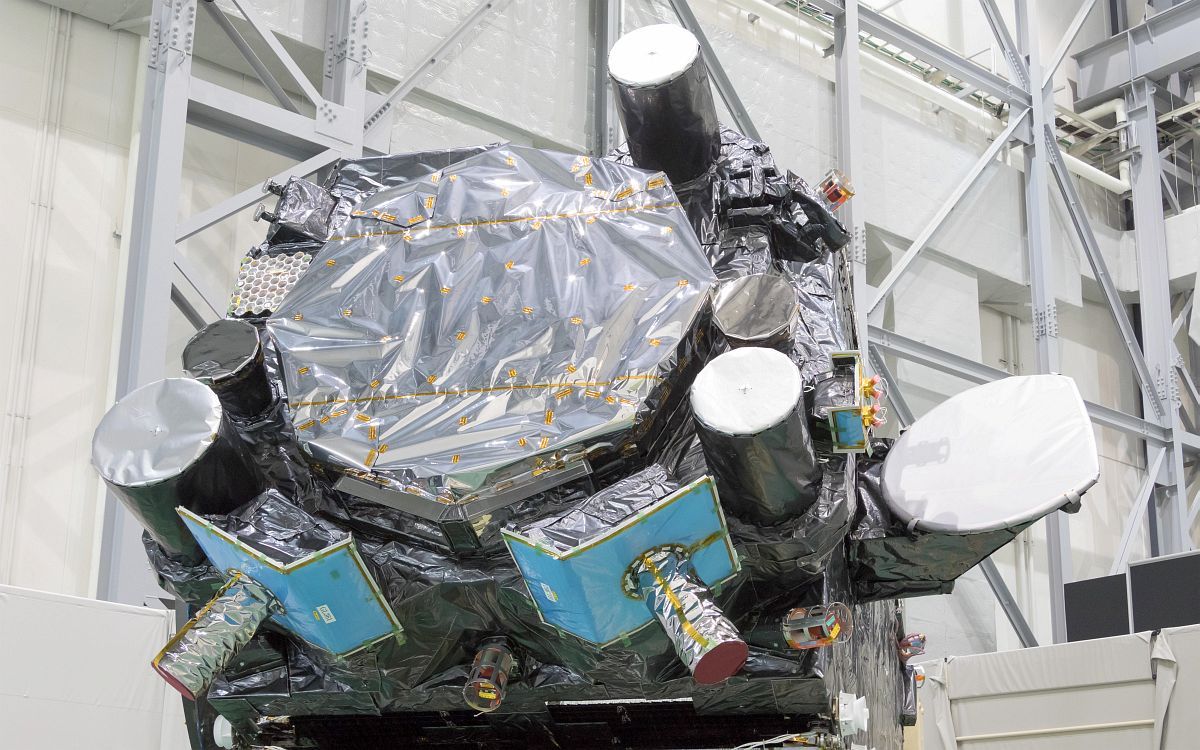
A major feature of QZS-3 is its two antennas for message communication used in the QZSS Safety Confirmation Service (Q-ANPI): one expandable S-band antenna with a diameter of 3.2 meters and one fixed Ku-band antenna with a diameter of one meter. QZS-1, QZS-2, and QZS-4 have L-band antennas that are helical array antennas, but QZS-3 uses flat patch antenna. QZS-3 is also equipped with an SBAS-signal L1Sb antenna to provide positioning satellite error correction and defect information, including to aircraft.
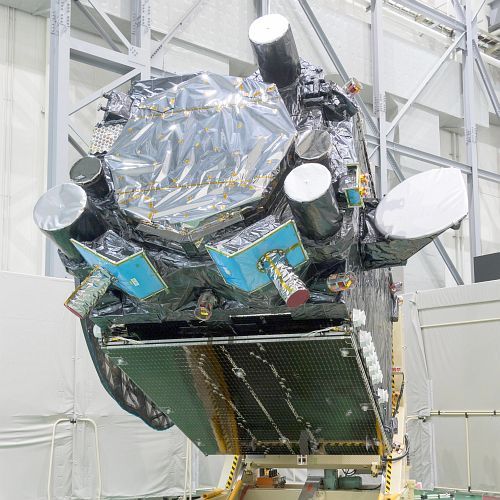
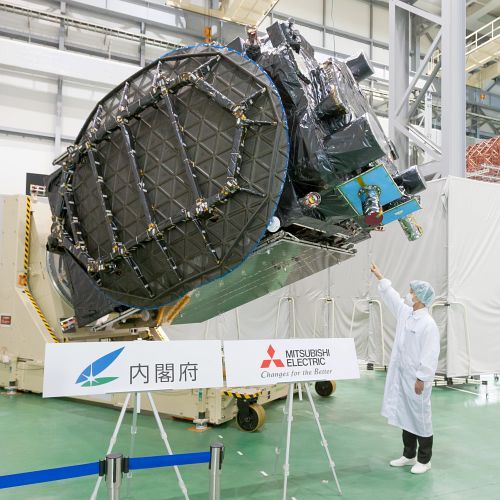
The H2A204 launch vehicle, with four solid rocket boosters (SRB-A), will be used for QZS-3. The launch is scheduled for around 2:00 to 11:00 p.m. (Japan Standard Time) on August 11 at the Tanegashima Space Center’s Yoshinobu Launch Complex.
Related information
-
 Dec.15,2021
Dec.15,20215th EU-Japan Public and Private GNSS Roundtable 2021
-
 Sep.17,2021
Sep.17,2021RPD Challenge 2020, a QZSS hackathon organized by the Cabinet Office, MGA, and GISTDA
-
 Mar.05,2020
Mar.05,2020[Report] Deliberations on QZSS at the 7th Session of the IMO's NCSR
-
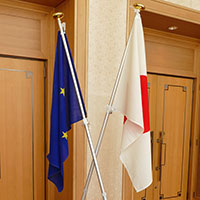 Apr.15,2019
Apr.15,20194th EU-Japan Public and Private GNSS Roundtable Meeting by the Cabinet Office and the European Commission
-
 May.04,2017
May.04,2017EU-Japan GNSS Mission (Day 2)
-
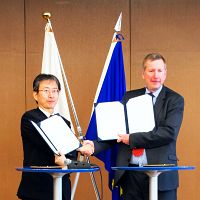 May.03,2017
May.03,2017Signing of a Cooperation Arrangement on Satellite Positioning Application
-
 May.02,2017
May.02,2017EU-Japan GNSS Mission (Day 1)
-

Information about events related to QZSS
-
 Sep.12,2017
Sep.12,2017Mitsubishi Heavy Industries Exhibited the first and second stages of QZS-4 Launch Vehicle
-
 Aug.18,2017
Aug.18,2017Exhibition of the QZS-4
-
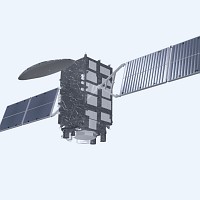 Aug.17,2017
Aug.17,2017Live Broadcast of the QZS-3 Launch
-
 Jul.07,2017
Jul.07,2017Mitsubishi Heavy Industries Exhibits the QZS-3 Launch Vehicle
-
 Jun.01,2017
Jun.01,2017Successful Launch of QZS-2
-
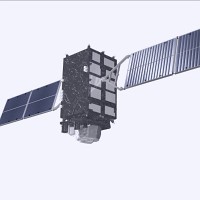 May.30,2017
May.30,2017Live Broadcast of the QZS-2 Launch
-
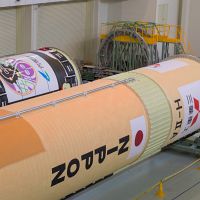 Apr.25,2017
Apr.25,2017Mitsubishi Heavy Industries Exhibits the QZS-2 Launch Vehicle Core Frame
-
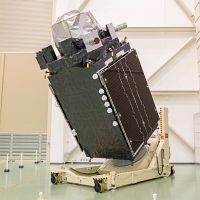 Apr.07,2017
Apr.07,2017Exhibition of the QZS-2


